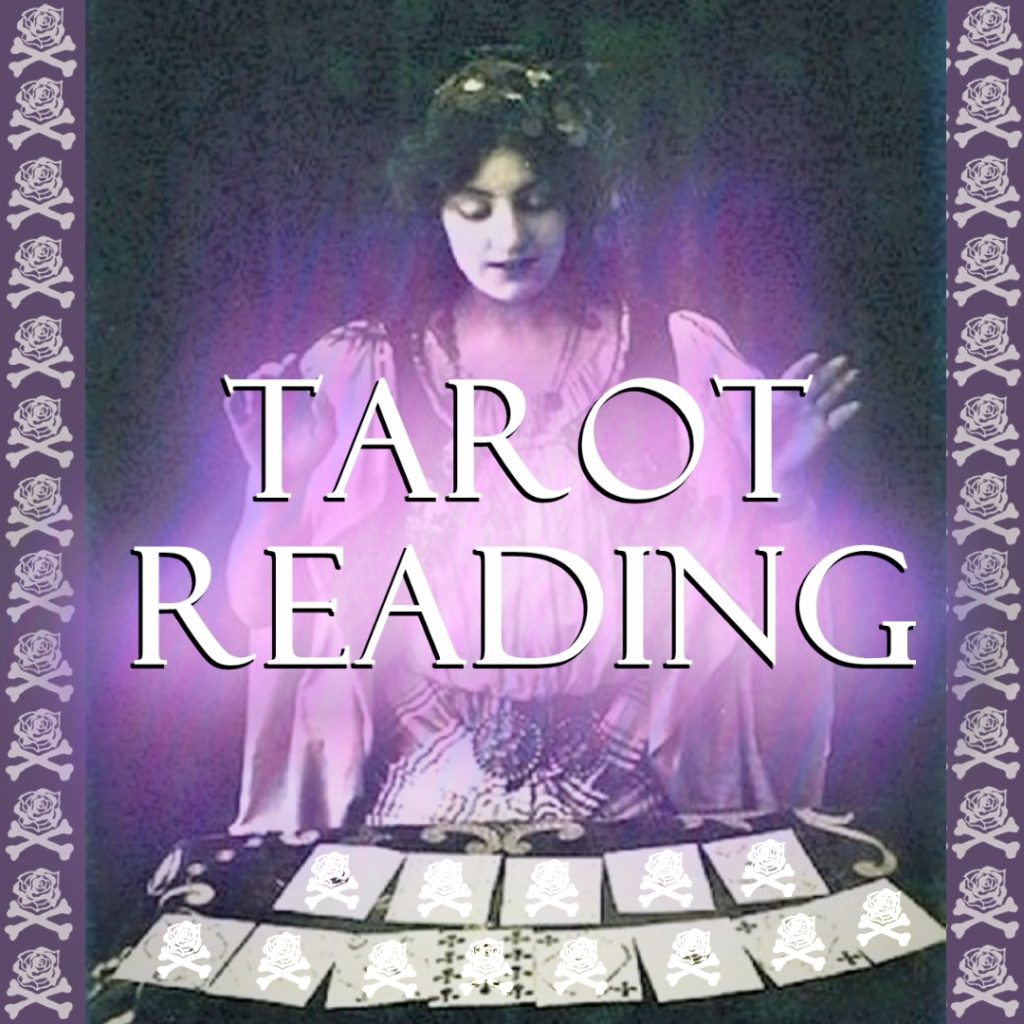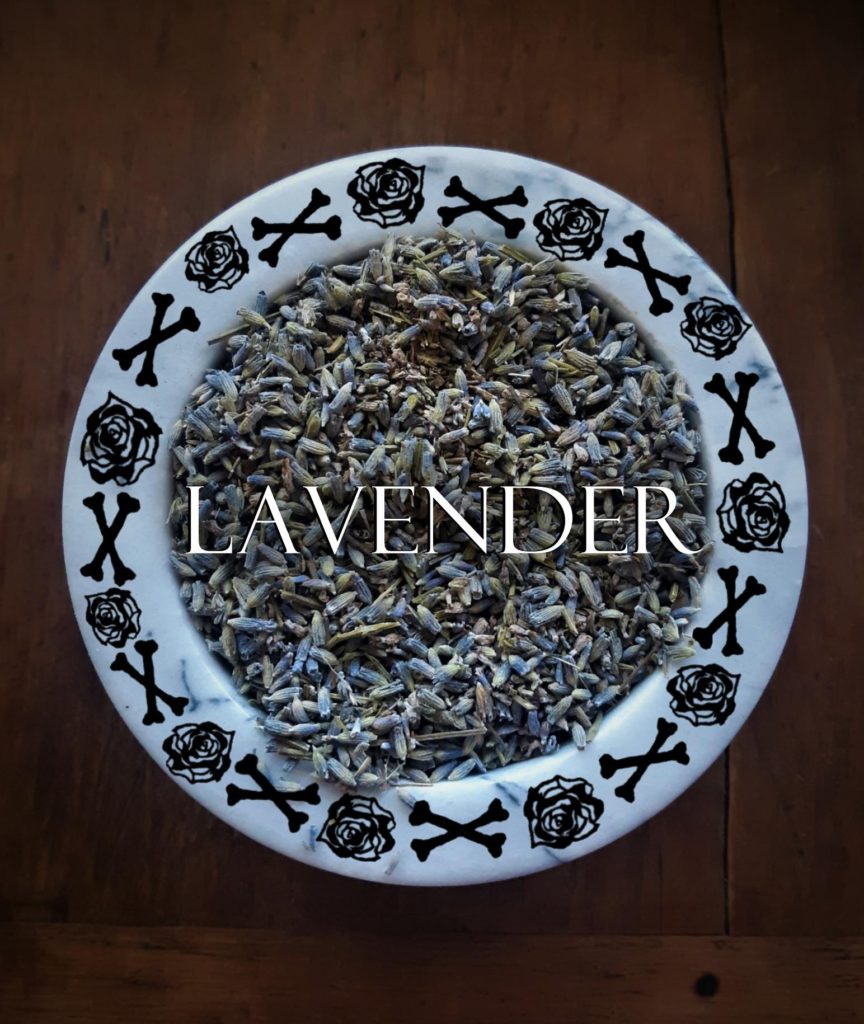
Lavender is hands down the king of herbal gardening and green witchery.
His powers are also EXTREMELY potent-especially when paired with Sun and Mars-ruled plants in your craft.
This Th-HERBS-day, we honor lavender, (Lavandula officinal).
It’s a mint (Labiatae) family member and ranges from England and the Mediterranean to Africa and India.
This herb might be seen as overrated in witchcraft because it’s always at the forefront of anything to do with herbalism.
For an herb ruled by an air planet, it is just as protective and potent as the herbs ruled by the Sun.
Lavender is one of few herbs to encompass the most powerful energies of all of the planets in the zodiac!
It is known to spontaneously combust-which is interesting being ruled by the planet closest to the Sun.
Maybe this is how the burning bush story made its way into the bible.
Lavender-like rose has an iconic scent that can take you back to the aromas of ancient civilizations.
This herbal chariot is widely used across the world and across many altars.
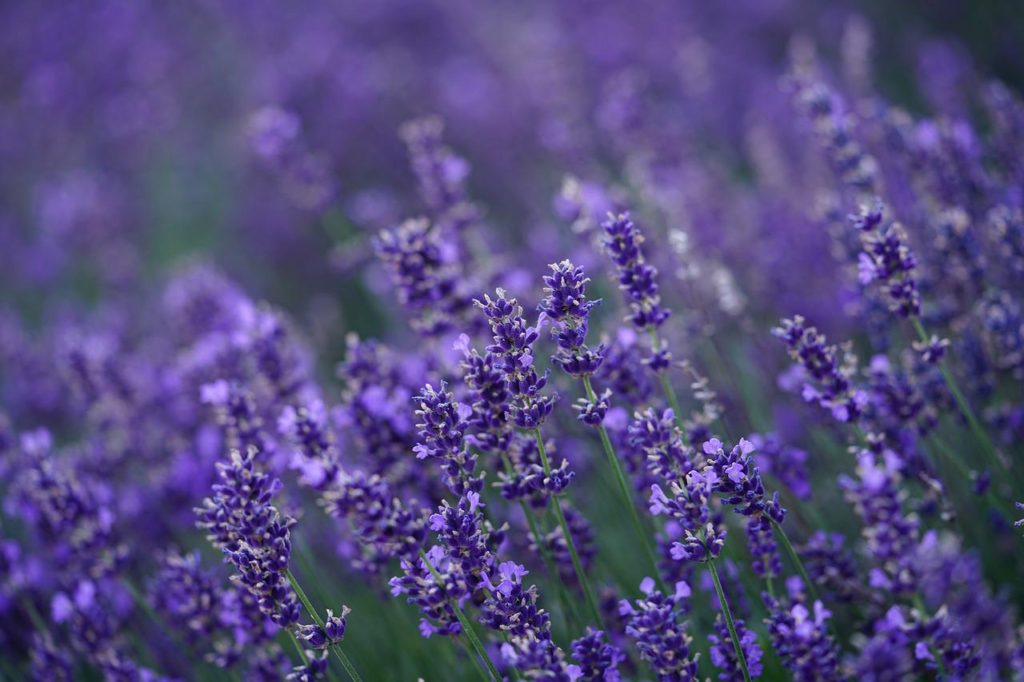
How Lavender Inspired the First Cologne
Lavender is unsurprisingly one of the first herbs to be used in perfumes and soaps.
Its Latin root word lavare meaning “to wash” still resonates with this herb.
Even in present times, you’ll find it is widely used in soaps, perfumes, cleaning formulas, and detergents.
In 1709, Italian perfumier Giovanni Maria Fariana used blends of lavender to create a perfume he named after his hometown, Cologne.
The perfume was created shortly after grave robbers were caught breaking into the graves of plague corpses in Marseille.
The robbers dowsed themselves with a potion consisting of lavender, garlic, and vinegar, believing it would protect them from plague infection.
Today, cologne is the general term used for men’s perfume all thanks to Fariana and the inspiring grave-robbing potion.
The potion was dubbed “The Vinegar of Four Thieves” and many variations were copied and produced as colognes since.
Lavender was highly regarded as a bug repellant and stuffed in bedding to keep fleas at bay.
The plague was primarily spread by fleas, so lavender was an extremely important herb during these times.
But this herb was useful in more ways than warding off plague-spreading fleas.
Lavender Essential Oil
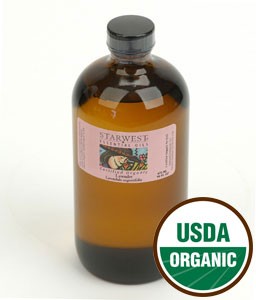
The History of Lavender
Anyone with an interest in herbal medicines will have most likely experimented with or studied the importance of lavender.
The medicinal properties of this herb are as vast as its use across world history.
According to The Modern Herbal Dispensatory by Thomas Easley and Steven Horne, lavender is a nervine and aphrodisiac.
It can be used to calm anxiety, uplift the mood, ease insomnia, and work topically as an antifungal.
When combined with feverfew or peppermint, lavender oil can alleviate migraines and tension headaches.
It’s a light sedative and has mild antibacterial properties that help soothe a number of skin ailments.
Long before antibiotics were invented, lavender was primarily used on wounds to fight infections up until World War 1.
It had also been found to be effective in treating fungal infections like ringworm, yeast infections, and nail fungus.
Skin treatments for staph, acne, and psoriasis have also long been treated by lavender because of its natural antiseptic properties.
Most notably, this herb’s relaxing scent and light sedative effects have been used in smelling salts for fainting spells soothe sore muscles in baths.
It is also beneficial to the digestive system by calming spasms and discomfort associated with IBS and Crohn’s Disease.
Starwest Organic Lavender Dryer Bags
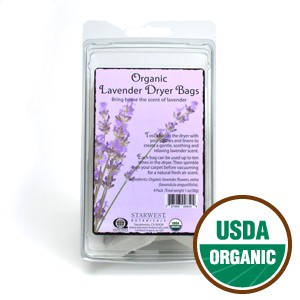
Witchery With Lavender
The spirit of lavender is very fast working, complete in its magick, and concise.
Ruled by Mercury, it is the essence of the pure focus and speed of the highly developed air signs in the zodiac.
Like Mercury, lavender is the chariot for the magick of your craft and carries energetic messages quickly throughout the universe.
It’s like adding NOS to your spell crafting in order to speed up manifestation.
No matter what the task-big or small, lavender is practically the heavy-weight champion of herbal magic.
It is protective, third-eye opening, seductive, catalyzing, serene, fast, clarifying, purifying, and balancing.
Some Mediterranean species have been known to get so hot from the Sun that its volatile oils react and combust into fire.
This fire then results into the germination of its seeds.
This sacrifice is purely an invocation of the planet Saturn through the strong energetic influence of the Sun.
The power to invoke these energies is extreme compared to the majority of the herbs worked within the craft.
Working with lavender can be powerful in any invocation craft.
However, the Sun can sometimes burn off lavender’s Mercurial traits, so try not to use too many Sun-ruled herbs with it.
If you want to send your magick out fast and efficiently-lavender is always an herb that can be used in any spell to do the job.
This plant spirit is one of the fastest working herbs you can incorporate into your craft and always adds a boost to your magick.
The British Herbal: History Of Plants & Trees, Natives Of Britain, Cultivated For Use, Or Raised For Beauty- John Hill, M.D (1706-1775)
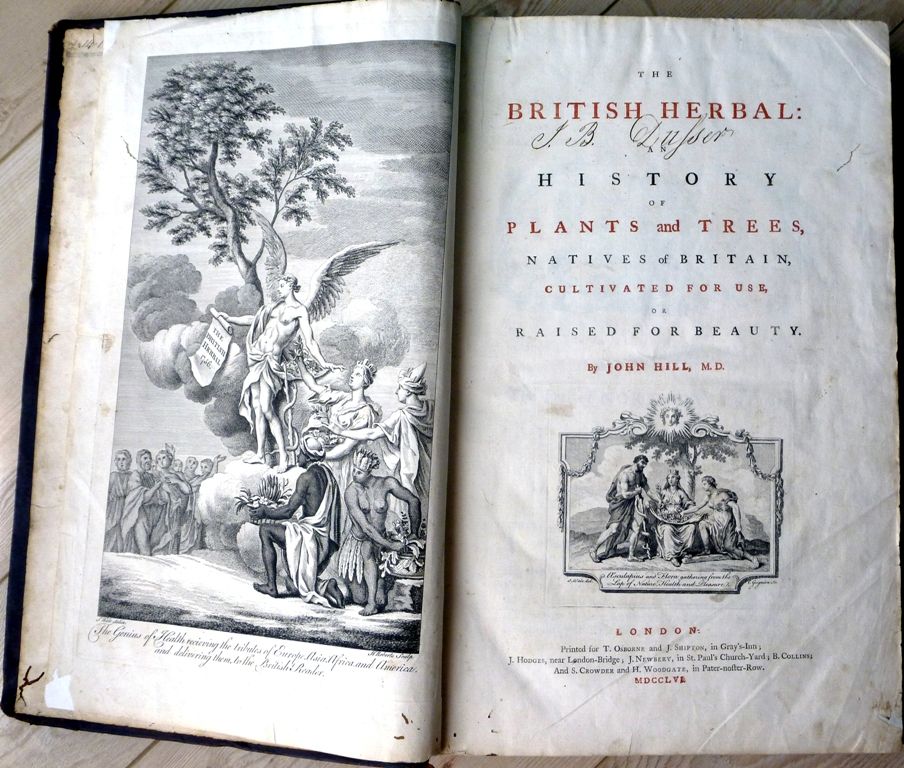
Lavender’s Energetic Properties
This list of properties is a helpful guide to assist you in spell crafting and rituals.
The energy of the herb is heightened when planned carefully with corresponding days, seasons, zodiacs, etc.
Here are 18 energetic properties associated with lavender:
1. Planet: Mercury
2. Zodiac Sign: Gemini, Virgo
3. House: 3rd and 6th
4. Element: Air
5. Gender Energy: Masculine
6. Chakra: Vishuddha/Throat (Blue)
7. Archangel: Raphael
8. Deity: Hermes (Greek), Freya, Freyr, Sif (Norse), Turms (Etruscan)
9. Sabbat: Beltane, Litha, Lughnasadh
10. Season: Summer
11. Day: Wednesday
12. Body: Nervous System, Bowels, Hands, Arms, Shoulders, Collarbone, Tongue, Sight, Perception, Understanding, Interpretation, and Expression
13. Rune: Raidu, Kauna, Isa, Jera
14. Numerology: 5
15. Fae: Fairy
16. Major Arcana: The Lovers, The Magician, The Hermit
17. Minor Arcana: Swords
18. Cartomancy: Spades
Curio Herbs for Witchcraft from MamuBabu
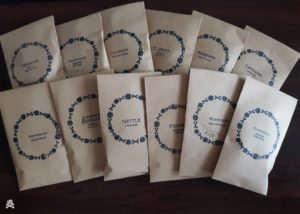
Cultivating Lavender
Lavender is very difficult to start from seed and can take a lot of meticulous preparation to do so.
The easiest way to grow it is by propagation.
It requires a lot of sunlight, and you will need to have well-drained soil because these guys are built for dryer climates.
Lavender is resilient when established but many people overwater it, so be sure to only water every three to 5 days.
If the lavender is in shady areas or in soil that holds a lot of moisture, only water it about once a week.
Many pests are deterred by this herb, so planting it along borders is recommended for added protection to other plants in the garden.
Make sure you are not planting your lavender in soil that has been used to grow beans because they are prone to fusarium root rot.
If you are harvesting your lavender for medicinal purposes, harvest right before the flower buds begin to open.
Happy Th-HERBS-day!

